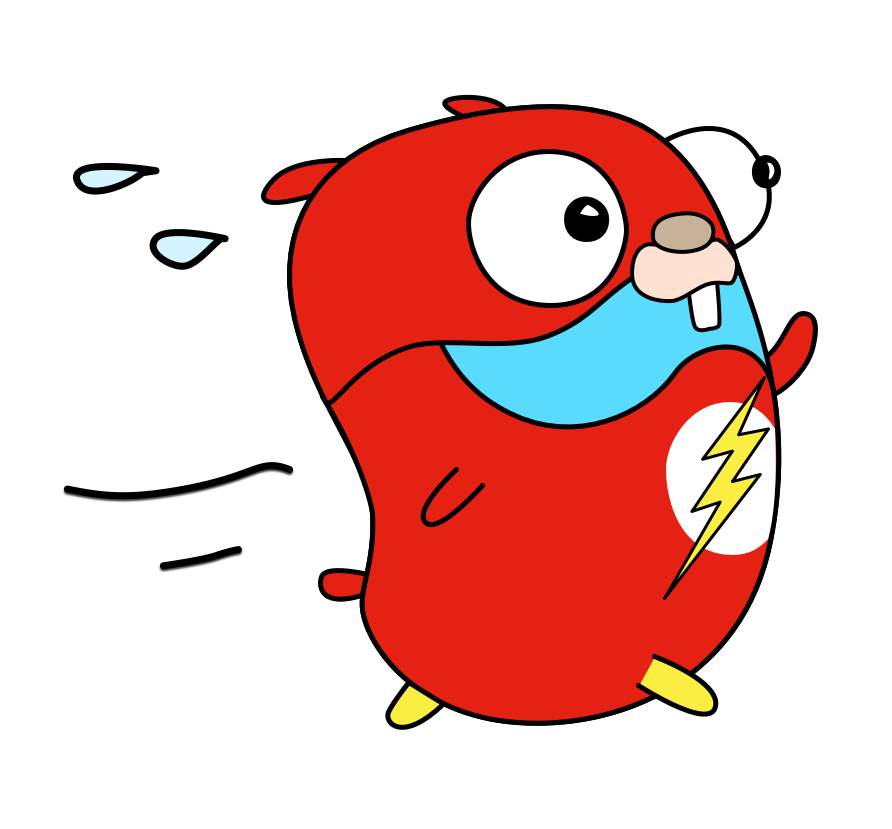The Future design pattern is a software design pattern used to represent a result that is expected to be available in the future. It is particularly useful in scenarios where computations or tasks are executed asynchronously. In Go, this pattern can be implemented using channels and goroutines.
The Future Pattern is a design pattern that helps in handling potentially blocking computation by running them in separate goroutines and allowing the calling code to access the result once it's ready. This pattern allows for concurrent execution of tasks and can significantly improve the performance of I/O-bound and CPU-bound programs.
- I/O-bound tasks: Tasks such as network requests or file I/O can be executed asynchronously using the Future pattern.
- CPU-bound tasks: Heavy computations can be offloaded to separate goroutines, allowing the main goroutine to remain responsive.
- Ignoring errors: It's easy to ignore errors when using the Future pattern. Ensure to handle errors properly to avoid silent failures.
- Resource leaks: Ensure to properly manage resources, especially when dealing with I/O operations.
- Error Handling: Include error handling in your Future implementation to ensure that errors are propagated back to the calling code.
- Timeouts: Implement timeouts to avoid waiting indefinitely for a result.
- Buffered Channel: Use a buffered channel to prevent blocking, especially if the consumer might be slower than the producer.
- ErrGroup: The
errgrouppackage in Go provides a way to synchronize and collect errors from a group of goroutines, effectively implementing a form of the Future pattern. Witherrgroup, you can start multiple goroutines, wait for all of them to complete, and collect any errors that occur.

